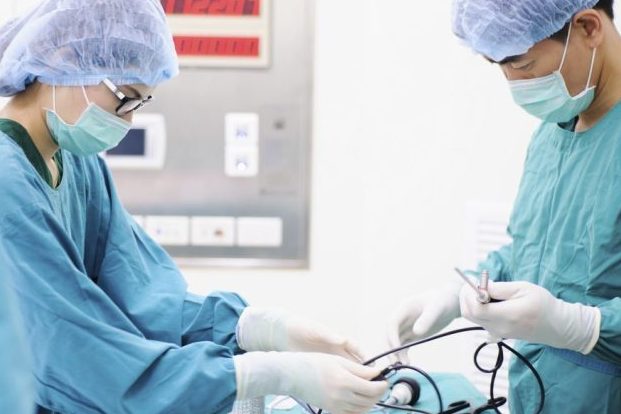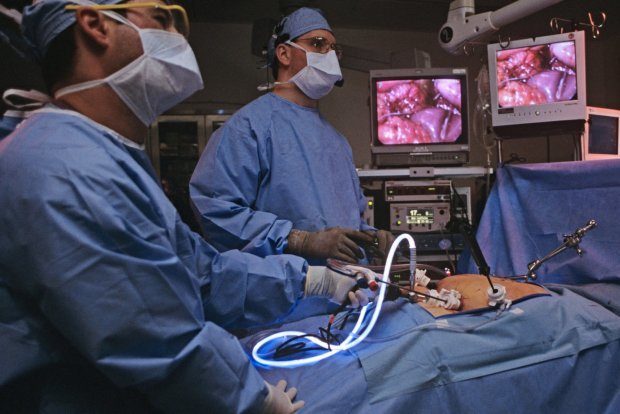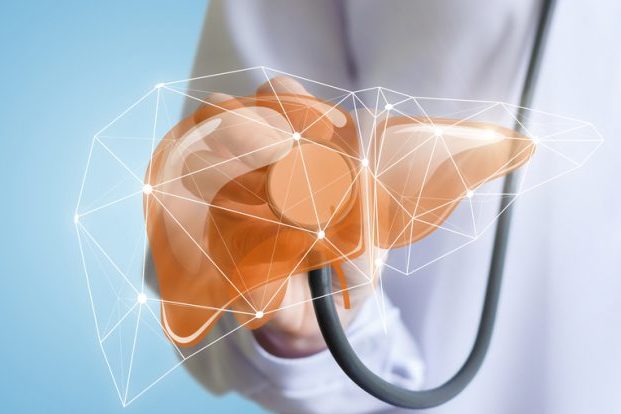Categories
- Bariatric Surgery (11)
- Black Fungus (5)
- Bone Marrow transplant (3)
- Brain Tumor Surgery Navigation Technology (20)
- Cardiac Surgery (66)
- Cardiology (97)
- Computer navigation technology for joint replacements (20)
- Covid Vaccination (17)
- Critical Care (2)
- Dental (19)
- Dermatology (31)
- Dialysis Support Group - “UTSAAH” (11)
- Dietitian (33)
- Emergency Medicine (4)
- Emotional Health (11)
- Endocrinology (33)
- ENT (20)
- Gastroenterology and GI Surgery (53)
- General and Laparoscopic Surgery (21)
- General Surgery (4)
- Gynecology & Obstetrics (183)
- Hematology (20)
- Internal Medicine (294)
- Kidney Transplant (50)
- Kidney Transplantation (20)
- Lung Cancer (8)
- Minimal Invasive Surgery (1)
- Mother & Child (20)
- mucormycosis (5)
- Nephrology (61)
- Neurology (147)
- Neurosurgery (68)
- Nutrition and Dietetics (107)
- Omicron Variant (1)
- Oncology (288)
- Ophthalmology (10)
- Orthopaedics & Joint Replacement (86)
- Paediatrics (59)
- Pediatric Nephrology (3)
- Physiotherapy (5)
- Plastic & Reconstructive Surgery (6)
- Psychiatry and Psychology (90)
- Psychologist (28)
- Pulmonology (72)
- Rheumatology (13)
- Spine Services (21)
- Transradial Angioplasty (16)
- Urology (84)
Query Form
Posted on Apr 19, 2022
Laparoscopy: before and after tips
Laparoscopic surgery has different outcomes for different patients. It is expected to minimalize cuts/incisions followed by faster recovery. Laparoscopy is basically done under general anaesthesia where a small incision is made around the belly button and the abdomen is filled with CO2 gas.

It lifts the abdomen away from the internal organs, giving the surgeon a better view. 2 or more smaller incisions may be made in the abdomen so additional surgical instruments such as a probe to move organs, can be used during the surgery. Video camera is used alongwitht he laparoscope to enlarge the view, allowing the entire surgical team to see the procedure. During the laparoscopy, the doctor investigates the pelvic organs, looking for the obvious and typical endometriosis lesions as well as endometriomas (endometriosis-filled cysts), adhesions and scarring. Depending on the background and symptoms, the doctor may also look for fibroid tumours or other abnormalities. Other procedures, such as a hysteroscopy- an examination followed by the inside of the uterus may also be performed. Diagnosis and treatment of endometriosis may take place during the same procedure. Your doctor may also remove the lesions for biopsy. It will document the presence or absence of endometriosis. Laparoscopy is usually done on a day care basis, although an overnight stay may be required if the surgery is complex or lengthy. If a bowel resection or partial bowel resection is performed, your hospital stay may be extended by a few days.



